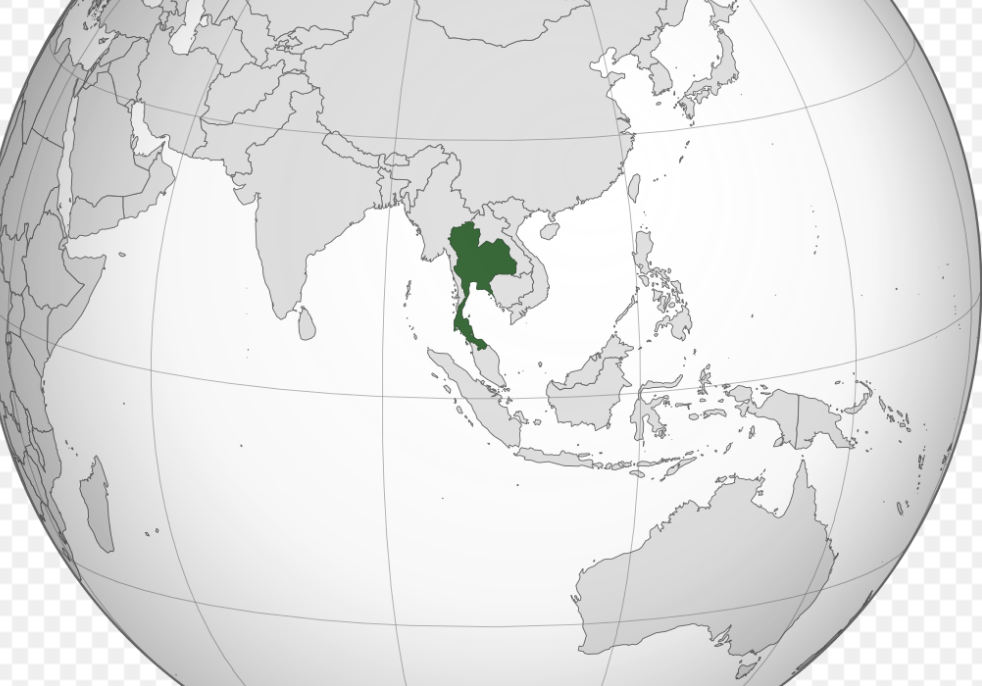On October 14th, something very unusual happened in Thailand when a Royal Motorcade carrying the Queen brushed up against a group of pro-democracy protesters. The monarchy in Thailand has traditionally been a culturally revered institution — and also immune from protest through harsh laws that prohibit any insult of the monarchy. But on this day, a group of protesters heckled the Queen as she drove by.
That incident may prove to be a turning point in a growing protest movement in Thailand that is demanding democratic changes to the country.
The protests against the regime of Prime Minister Prayuth Chan-o-cha began in earnest just before the COVID lockdown. Prayuth came to power in a coup in 2014 and in 2019 was able to cement his authority through parliamentary elections of dubious legitimacy. A pro-democracy party was disbanded earlier this year, leading to street protests. In recent weeks, these protests have increased in their intensity.
Benjamin Zawacki is Senior Program Specialist at the Asia Foundation and author of the book Thailand: Shifting Ground between the US and a Rising China. We kick off discussing the events of October 14 and the role of the monarchy in Thai society and politics before having a longer conversation about what this protest movement means for the future of Thailand.
If you have 20 minutes and want to better understand what is driving protests in Thailand, have a listen.
